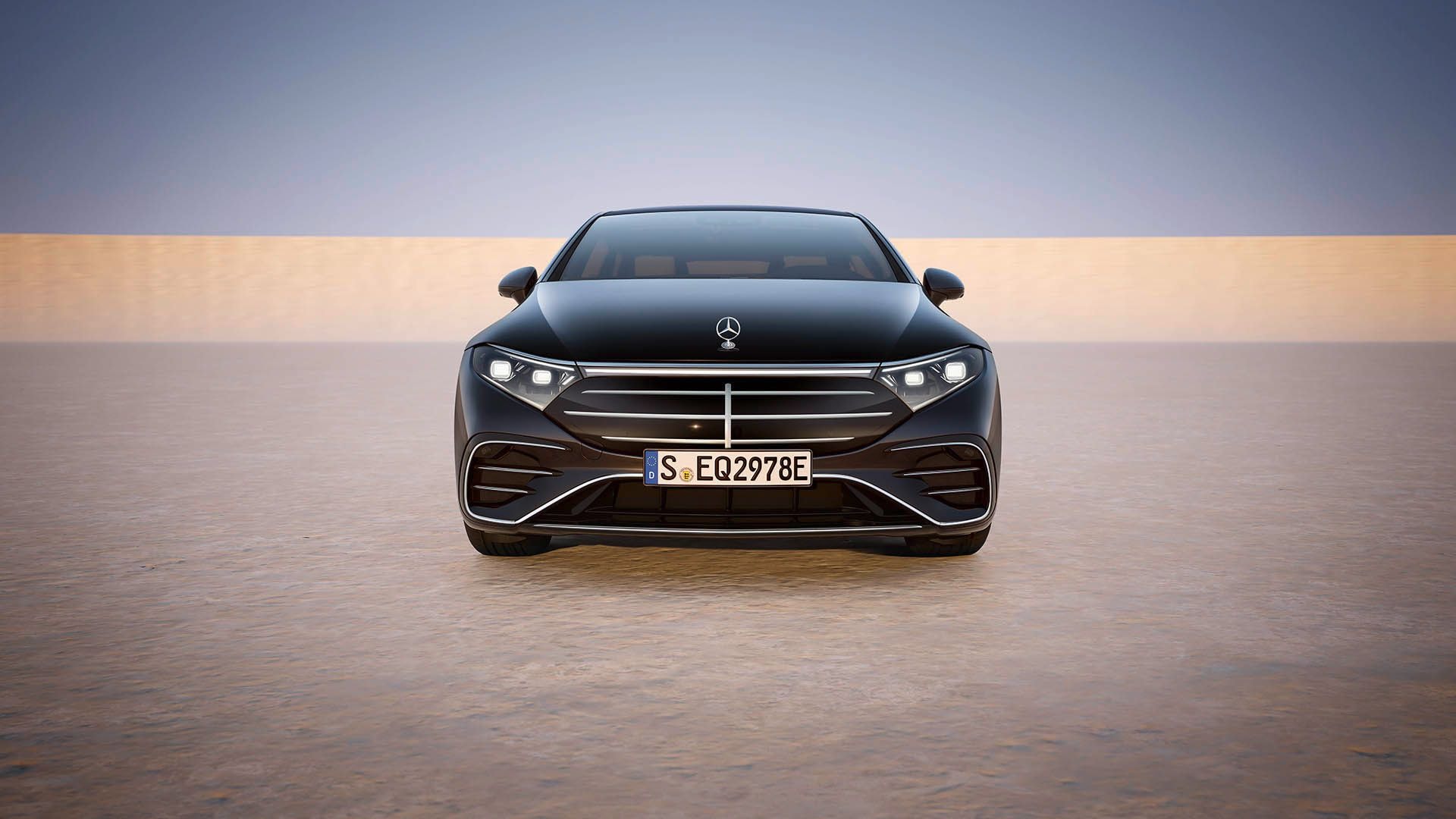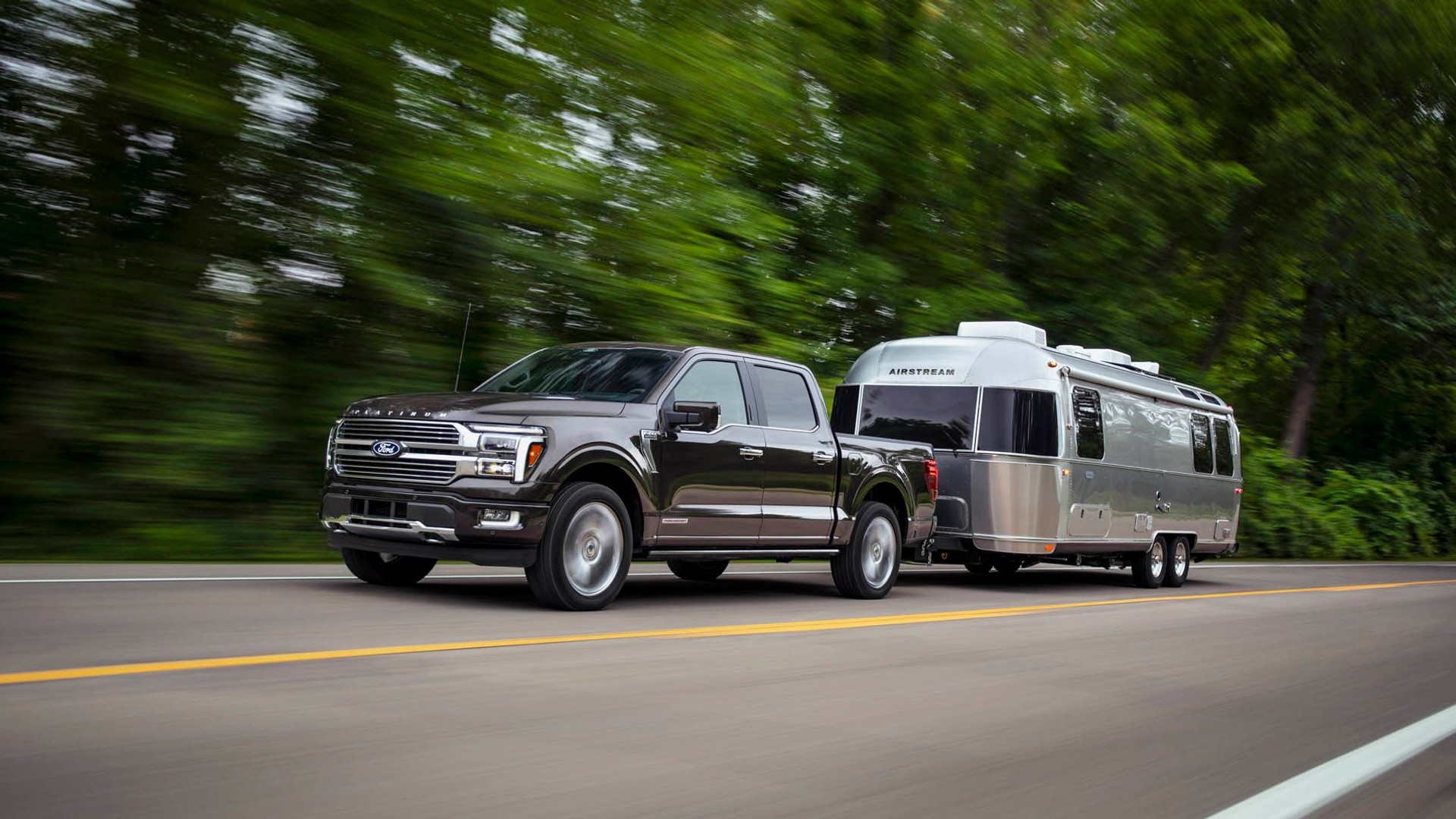Volvo isn’t the largest automaker in the world -- but it is one of the safest thanks to a long-standing passion about passenger and pedestrian safety dating back to when the company was founed nearly 85 years ago.
But recently Volvo has developed a new passion to put alongside its aim to have no-one die as a result of a Volvo accident by the year 2020 -- a goal of zero-emissions.
To help move towards that goal, Volvo will be introducing a new range of lighter, smaller, and more fuel efficient engines in a company-wide downsizing of all of its engines.
Four cylinders, not more
Just like every other automaker out there, Volvo has offered its share of high-capacity engines with six or more cylinders, putting them in everything from station wagons to SUVs.
But last year, Volvo dropped its 311-horsepower, 4.4 liter V8 gasoline engine from its 2011 XC90 lineup, claiming that it just wasn’t needed.
“It’s time to stop counting cylinders,” said Peter Mertens, Senior Vice President of Research and Development at Volvo. “At the Frankfurt Motor Show we will reveal a new concept car. It proves that downsized engines can go hand in hand with our customers’ expectations on luxury and driving pleasure.”
Unlike the hulking “redblock” gas-guzzling straight-4 found in Volvo Station Wagons of days gone by, Volvo says its new four-cylinder Volvo Environmental Architecture (VEA) engines will be up to 200 pounds lighter, more powerful than its current six-cylinder engines, and consume up to 35 percent less fuel than its current four-cylinder engines.
KERS Flywheel
Later on this year, Volvo said it will be testing a flywheel hybrid system which it claims can reduce emissions by 20 percent while increasing power output by 80hp.
Based on the Kinetic Energy Recovery System (KERS) principles used in Formula 1 racing cars, Volvo’s system will recapture braking energy and store it in an ultra-low friction flywheel capable of spinning at up to 60,000 rpm.
Electrics not forgotten
Winter Testing Volvo C30
Plug-in cars play an important part in Volvo's low-emissions future too, but while Volvo is already working hard on two plug-in vehicles for next year -- the 2012 Volvo C30 electric hatchback, and the 2012 V60 Plug-in Hybrid Station Wagon - both cars were converted from gasoline-engined counterparts and have presented significatn engineering challenges to Volvo's engineers.
At last week’s announcement into an electric vehicle partnership with Siemens however, Volvo CEO Stefan Jacoby hinted that a new vehicle platform would be developed to make electrification of the Volvo car range easier, allowing it to compete with much larger automakers in the eco-car segment.
Now Volvo has released the name of that new platform. Called the Scalable Platform Architecture (SPA), it will not only help improve fuel efficiency by reducing weight by as much as 330 pounds per vehicle, but are designed to accept a variety of power plants, including electric, hybrid and small-cylinder engines.
We’ll have more on Volvo and both its new engines and platforms from the 2011 Frankfurt Auto Show next week. In the meantime, head here for our full coverage of the Frankfurt show thus far.
[Volvo]
+++++++++++













